1. Centralia, Pennsylvania
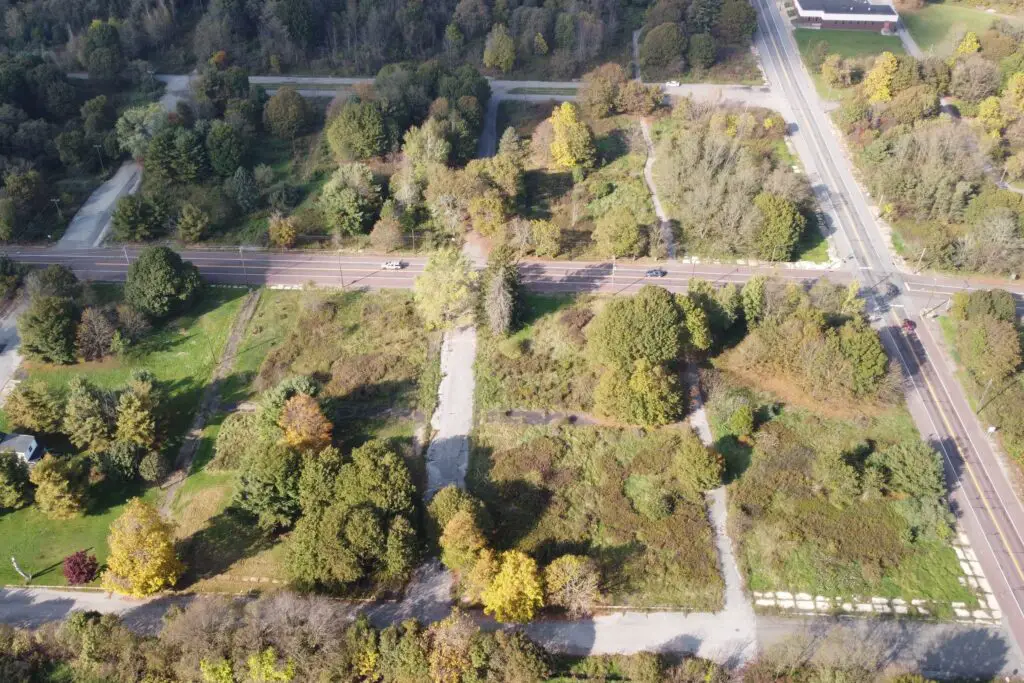
Centralia was once a bustling coal mining town where generations made their living underground. Families built their lives around the anthracite coal industry, and it seemed like it would last forever—until a mine fire ignited beneath the town in 1962 and never stopped burning says WNEP.
The underground fire made the land unstable and toxic, forcing nearly every resident to relocate. Homes were demolished, streets were closed, and today, only a handful of residents remain. It’s eerily quiet, with smoke still rising from cracked pavement. Centralia’s zip code was even revoked, and it’s now more ghost town than hometown. What’s left feels like a haunting tribute to a once-thriving place. The industry is long gone, but the consequences are still smoldering adds HISTORY.com.
2. Bodie, California
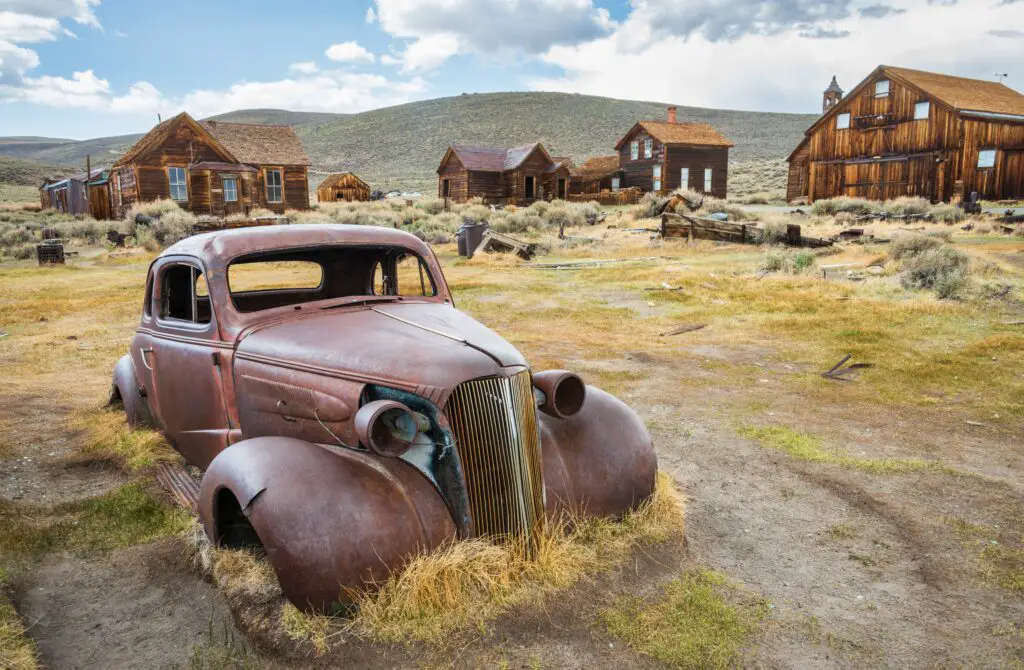
Bodie sprang to life in the late 1800s when gold fever swept through the Sierra Nevada mountains. At its peak, this mining town had saloons, brothels, and more than 7,000 residents chasing wealth in the dusty hills shares Alta Journal.
When the gold ran out, so did the people. Bodie faded quickly into a forgotten relic of the Wild West, eventually becoming a preserved ghost town. Today, it’s frozen in time under California’s State Parks system, with curtains still hanging in broken windows and rusted tools left in abandoned sheds. No one mines there anymore, but tourists now walk the dirt roads once packed with hopeful miners. It’s a chilling, fascinating peek into what happens when a town’s only purpose disappears. And somehow, even without gold, it still draws a crowd says TheTravel.
3. Cairo, Illinois
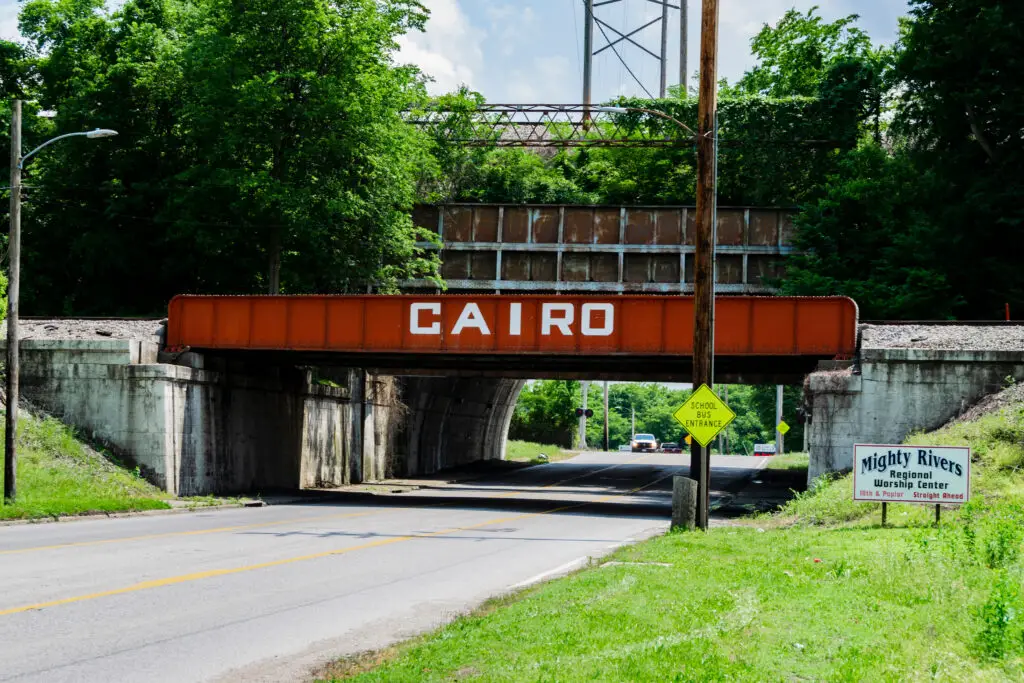
Cairo sits at the confluence of the Ohio and Mississippi Rivers, a location that once made it a shipping and riverboat hub. Its economy was built on river trade, steamboats, and ferry traffic, all of which fueled the town’s early success.
But as river traffic declined and highways took over, Cairo’s economy crumbled. Racial tension and political corruption didn’t help, pushing more people to leave. Grand old buildings now stand abandoned, silent reminders of a wealthier past. Once a major city for commerce, it’s now struggling to survive with a dwindling population. The riverboats are long gone, and so is the industry that gave Cairo its pulse. What remains is a powerful story of rise and fall.
4. Pullman, Illinois

Pullman was the company town dreamed up by George Pullman for his luxury railcar empire. Everything—from housing to shops—was built for the workers who crafted the iconic sleeping cars.
But when demand for luxury rail travel shrank and labor disputes shook the company, the town’s singular focus backfired. The industry faded, and Pullman was eventually annexed into Chicago. Today, it’s a historic neighborhood that still bears the architectural bones of its industrial roots. Some of the original homes and buildings are now part of a National Monument. The railcars are gone, but the streets still whisper their legacy. Pullman survives, but the world it was built for does not.
5. Jerome, Arizona
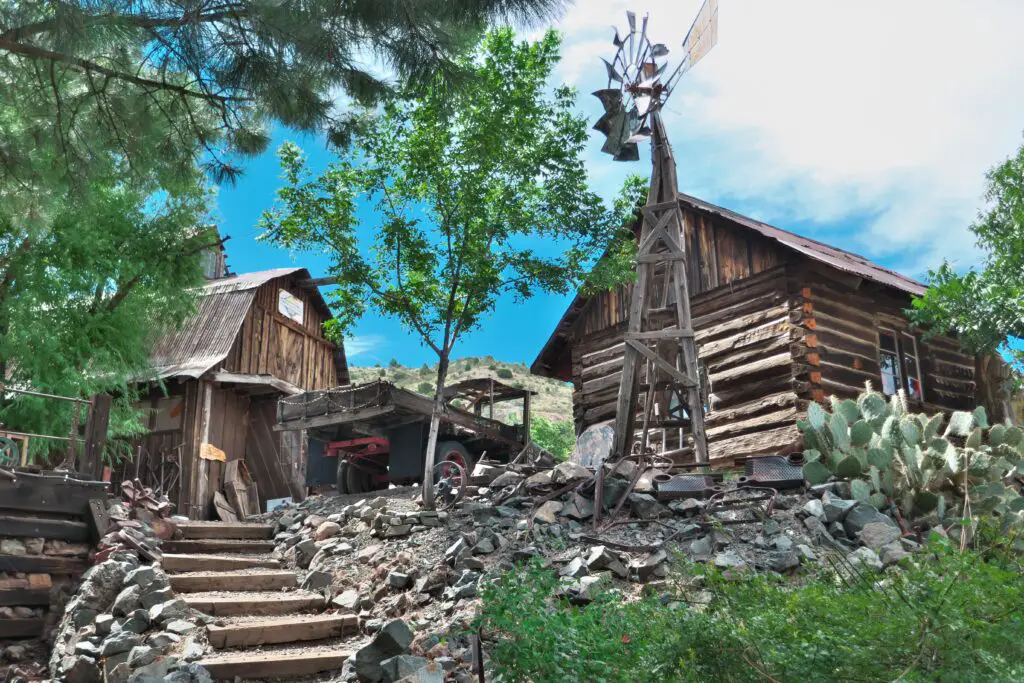
Jerome clung to a steep hillside and lived off copper mining for decades. It was once called the “wickedest town in the West” due to its raucous reputation and booming industry.
When copper prices dropped and the mines dried up, people left in droves. By the 1950s, Jerome was nearly empty, a ghost town in every sense. But artists and free spirits trickled in, breathing new life into the ruins. Now it’s a quirky tourist destination filled with galleries and ghost tours. You won’t hear the clang of pickaxes anymore, but the spirit of survival is still alive. The mining may be over, but the town found a new identity.
6. Detroit, Oregon
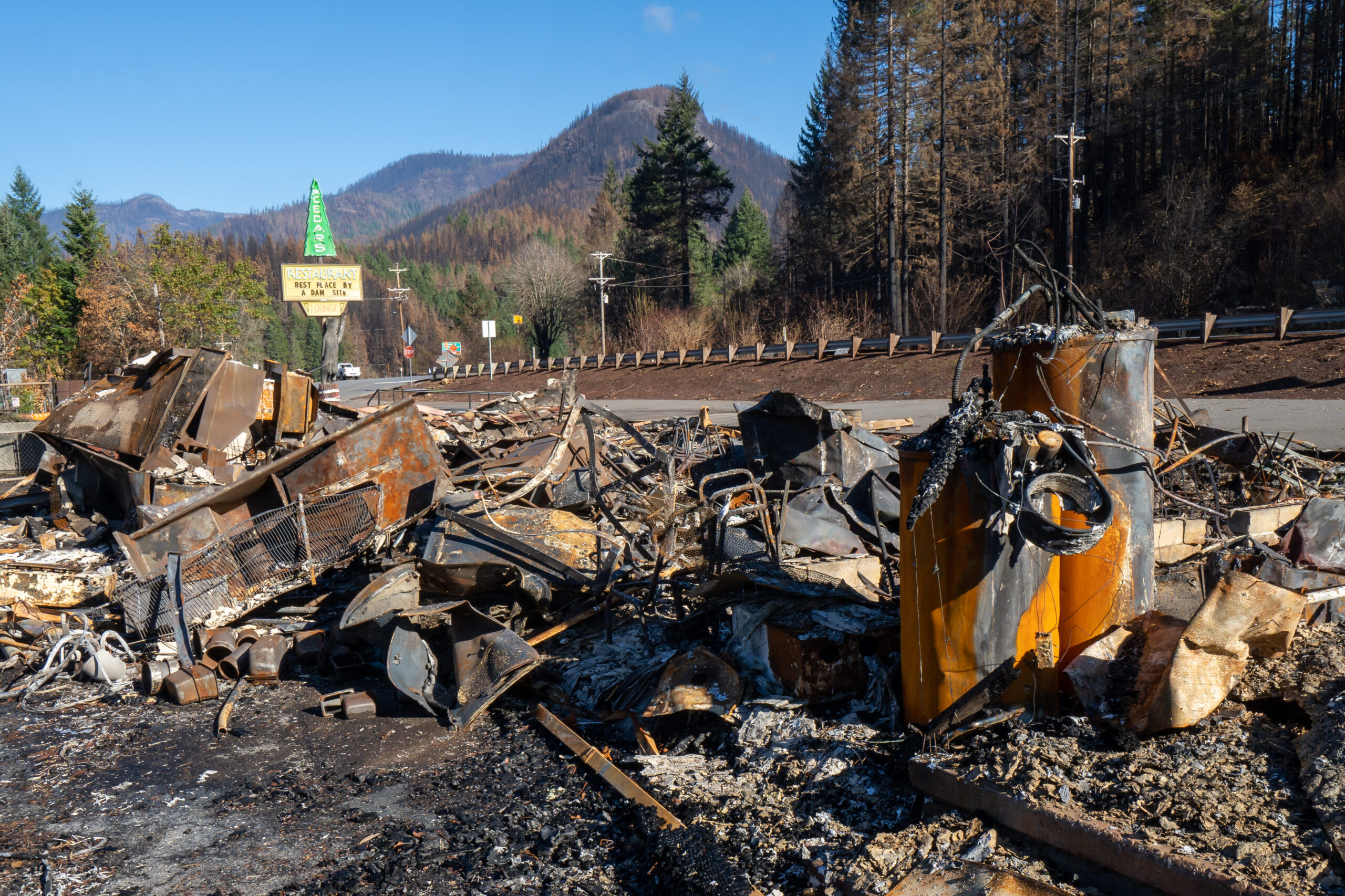
This tiny town in the Cascades wasn’t built around cars like its more famous namesake, but around logging. Timber fueled the economy and gave families stable, year-round work.
When logging regulations tightened and mills closed, Detroit started to wither. The jobs dried up, and the town became more of a summer stopover for campers and hikers. Then a devastating wildfire in 2020 wiped out most of what was left. It’s slowly rebuilding, but without the logging industry, it’s had to completely rethink its future. Today, it’s trying to attract visitors with natural beauty instead of board feet. It’s a tough pivot, but the resilience is real.
7. Thurmond, West Virginia
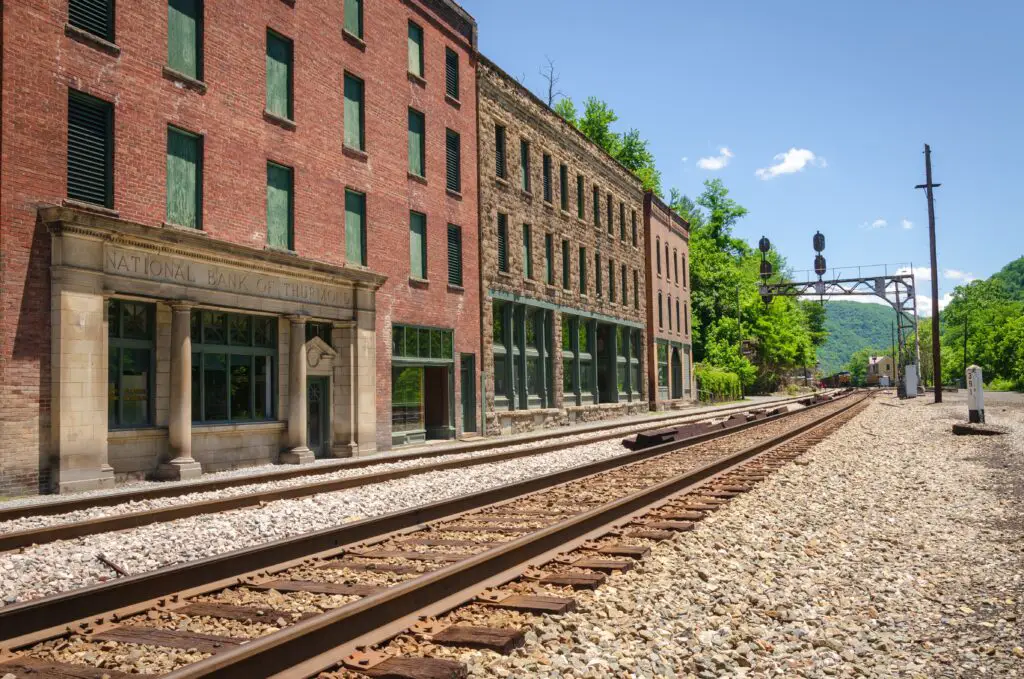
Thurmond thrived in the early 1900s as a coal town and a major stop on the Chesapeake and Ohio Railway. The depot buzzed with workers, and the banks and hotels saw more money than some major cities.
But when coal demand fell and trains became less essential, Thurmond unraveled. By the 1950s, it was nearly empty, and today, fewer than ten people live there. Most of the original buildings still stand, now preserved by the National Park Service. You can visit and walk the same tracks once lined with coal dust and dreams. It’s peaceful now, but it was once all smoke and noise. The coal is gone, and so is the heartbeat it gave this mountain town.
8. Calumet, Michigan
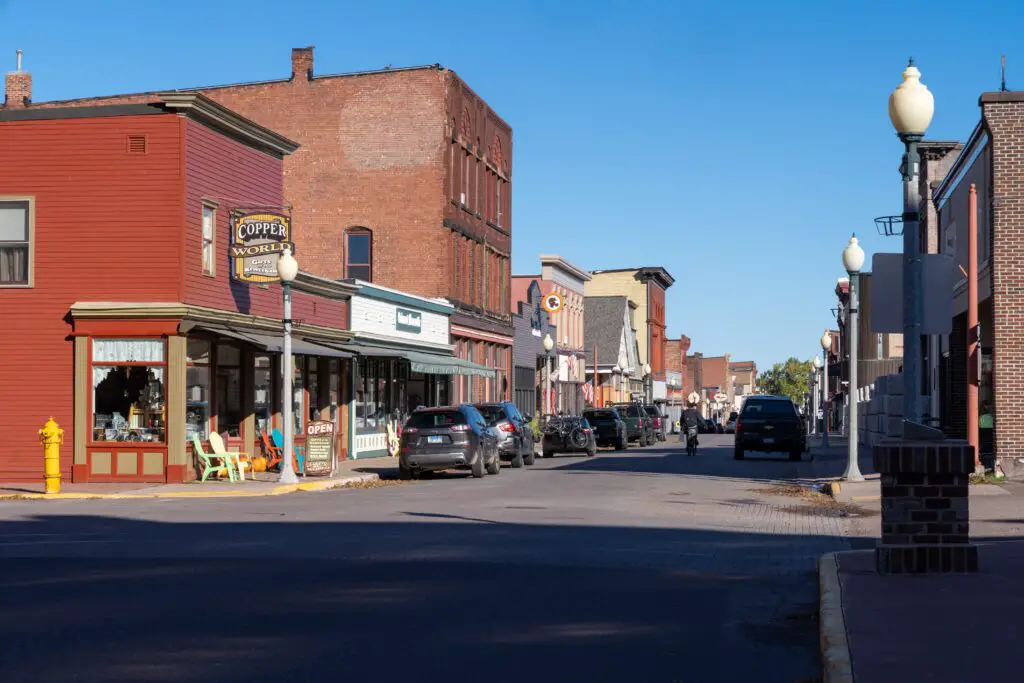
Calumet was once the heart of copper country in Michigan’s Upper Peninsula. The mines here were among the richest in the world, and the town boomed with immigrants chasing better lives.
Then copper prices dropped, and strikes weakened the industry. By the 1930s, Calumet was in steep decline. The elegant opera house still stands, and so do rows of red-brick buildings that once bustled with activity. It’s quiet now, clinging to history and tourism as lifelines. The miners are gone, but the stories are carved deep into the rock. And for those who visit, Calumet still holds a certain kind of magic.
9. Bethlehem, Pennsylvania
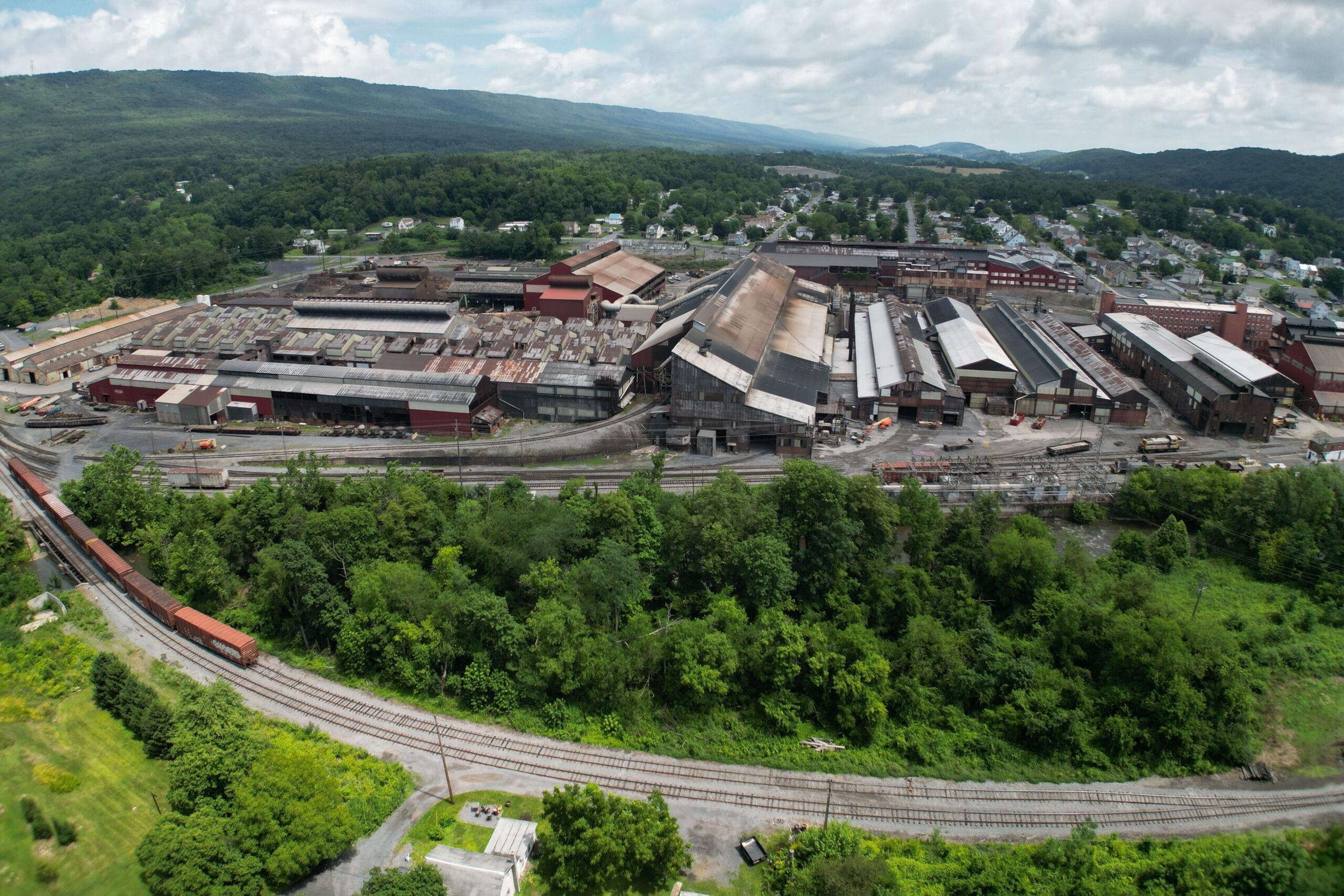
Bethlehem was a steel giant, home to Bethlehem Steel, which helped build everything from skyscrapers to warships. Generations worked in the fiery mills that made this town famous.
But globalization and automation hit hard, and the company shut down in 1995. Suddenly, an entire way of life vanished. Instead of being demolished, the plant was turned into a cultural campus called SteelStacks. It hosts concerts and festivals where molten steel once flowed. The skyline still includes those iconic blast furnaces, now lit with color instead of fire. The steel is gone, but Bethlehem found a way to honor its past without being stuck in it.
10. Lowell, Massachusetts

Lowell was one of America’s first planned industrial towns, with textile mills powered by water from the Merrimack River. Young women, often called “mill girls,” worked long hours weaving fabric that would be shipped across the country.
When textile manufacturing moved south and overseas, the mills fell silent. For a while, the town was left in decline, full of empty brick factories and fading memories. But in recent decades, Lowell has reinvented itself as an education and tech hub, even preserving its history through the Lowell National Historical Park. The canals still run, but they now reflect a very different era. The looms may be quiet, but the town has found its voice again. It’s a reinvention that honors the past while pushing forward.
11. Gilman, Colorado
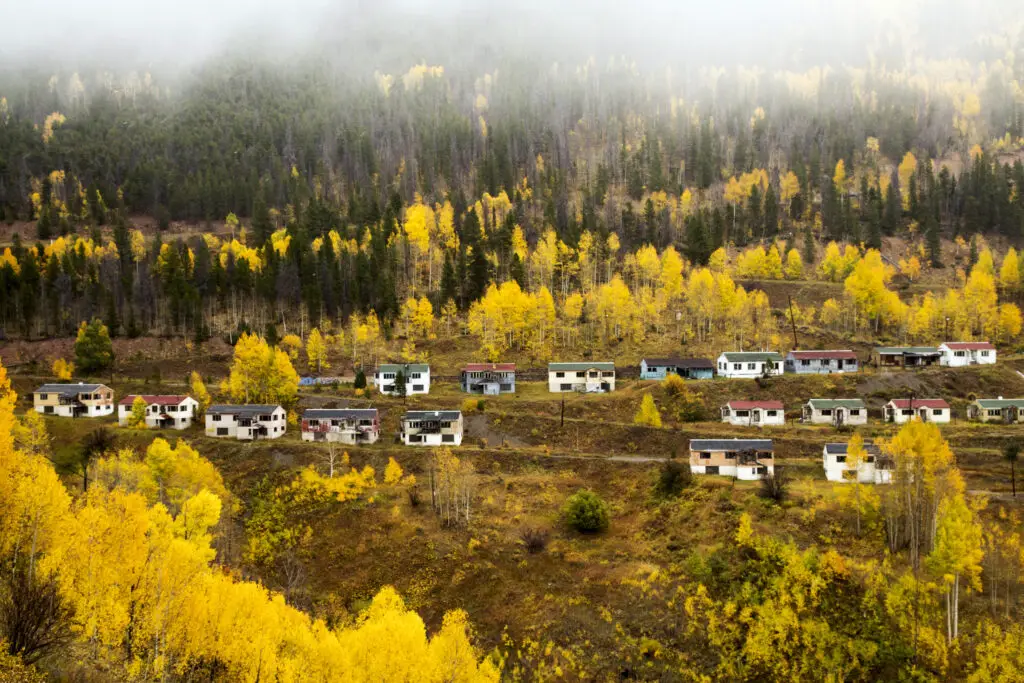
Gilman sat perched on a cliff and lived off zinc, lead, and silver mining for nearly a century. It was a classic company town, complete with a boarding house and even a bowling alley.
But environmental hazards shut the mine down in 1984, and the entire town was evacuated. It’s now a fenced-off Superfund site with “No Trespassing” signs and crumbling buildings. Everything was left behind—from furniture to family photos. There’s something eerie about a town so thoroughly abandoned, as if time stopped overnight. The mine’s poison lingers, and so does its story. No one lives there now, but you can still feel the presence of lives once in motion.
12. McCloud, California
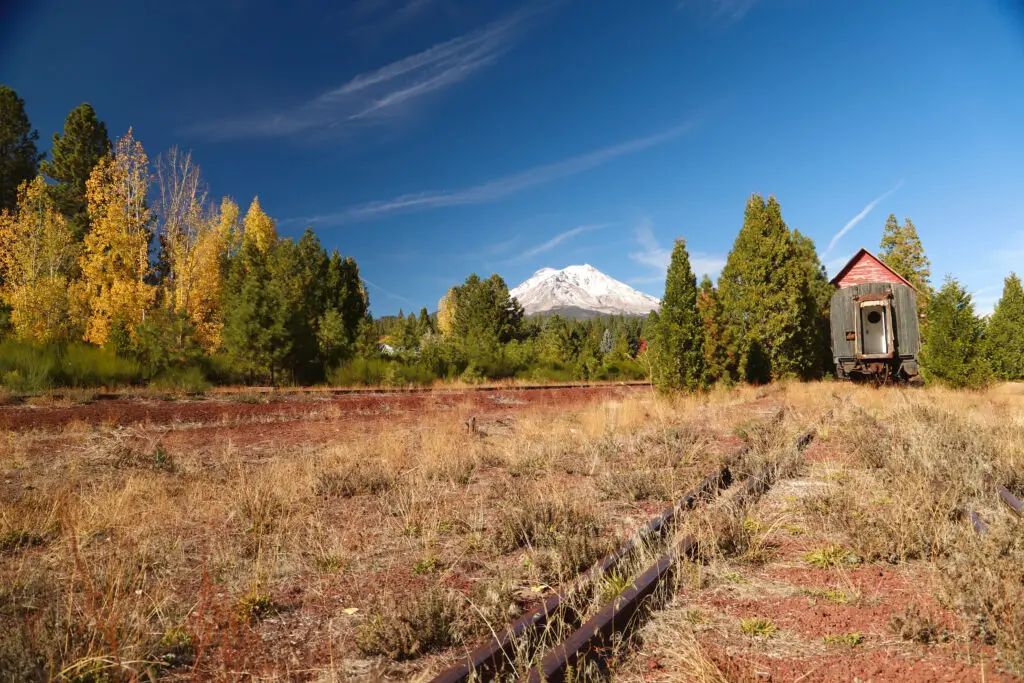
McCloud thrived on lumber, with a giant sawmill that dominated both the economy and the skyline. The company owned nearly everything, and life revolved around the rhythm of logging.
But when the mill shut down in the early 2000s, the town lost its anchor. Some feared McCloud would become a ghost town, but it began shifting toward tourism instead. Today, you’ll find cozy inns, antique shops, and visitors coming to fish, hike, or see nearby Mount Shasta. It’s quieter now, but the town feels more like itself than ever. The mill is gone, but McCloud figured out how to keep going. Sometimes, when one chapter ends, another begins.
